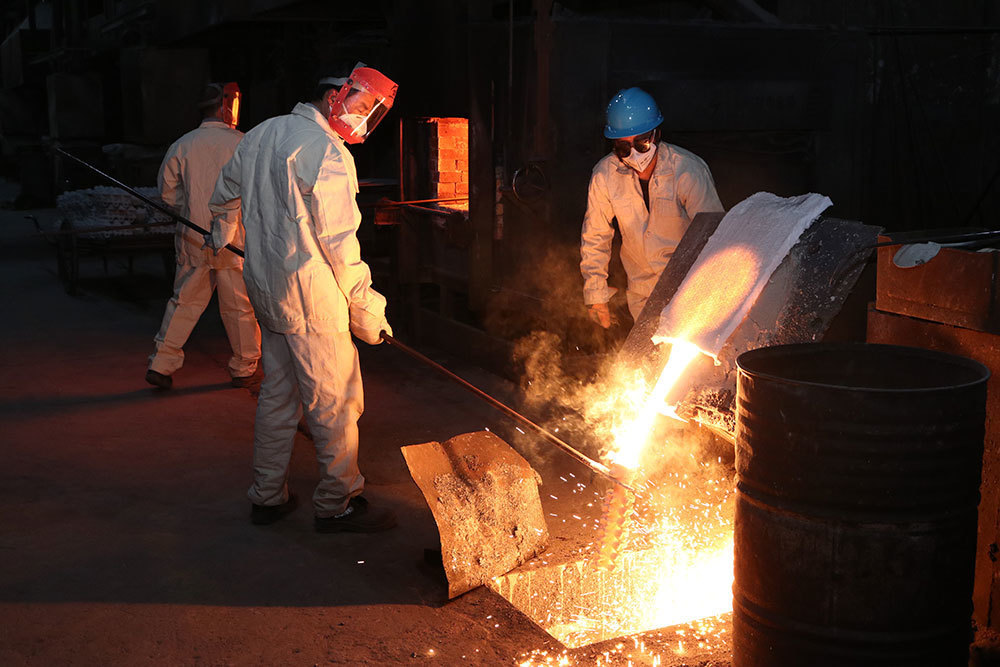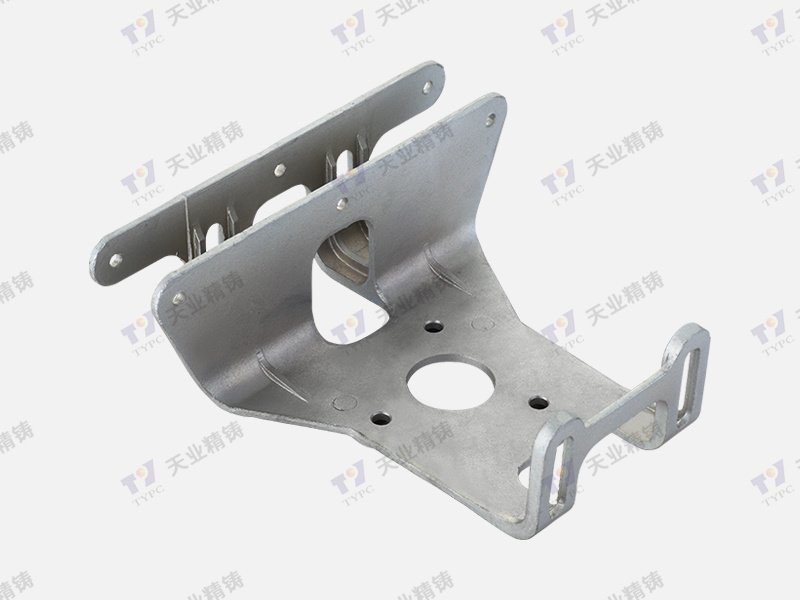2025-03-29
Understanding Auto Parts Exhaust Cycle Castings: A Comprehensive Guide
When it comes to auto parts, exhaust cycle castings play a pivotal role in the performance and efficiency of vehicles. These castings are crucial components in the exhaust systems of internal combustion engines, designed to optimize exhaust flow and reduce emissions. Understanding the intricacies of exhaust cycle castings can help professionals in the industrial equipment sector make informed decisions for their projects.
Exhaust cycle castings are typically made from high-strength materials that can withstand extreme temperatures and pressures. Common materials used include aluminum and various alloys due to their lightweight properties and resistance to corrosion. The casting process involves pouring molten metal into a mold, allowing it to solidify into the desired shape. This method not only allows for complex geometries but also ensures uniformity and consistency in production, which is essential for maintaining quality standards in automotive applications.
One of the main advantages of using castings in auto parts, particularly in exhaust systems, is their ability to be tailored for specific applications. Manufacturers can design castings that enhance exhaust flow dynamics, thus improving engine performance. Additionally, well-designed exhaust cycle castings can contribute to lower noise levels, providing a better experience for drivers and passengers alike.
In the manufacturing process of exhaust cycle castings, precision is key. Engineers must ensure that the dimensions and tolerances are maintained throughout the production stages. This is often achieved through advanced technologies such as computer-aided design (CAD) and computer-aided manufacturing (CAM), which enable high levels of accuracy and efficiency.
Moreover, the role of exhaust cycle castings extends beyond merely serving as functional components. They play a part in meeting stringent environmental regulations. As automotive manufacturers strive to produce vehicles with lower emissions, the design and functionality of exhaust systems, including the castings, become even more critical.
For those working in the industrial equipment sector, understanding the dynamics of exhaust cycle castings is essential. Whether you are involved in the design, manufacturing, or application of these components, being knowledgeable about their properties and production techniques can greatly enhance your expertise and ability to contribute to your projects.
In conclusion, auto parts exhaust cycle castings are integral to the performance and efficiency of automotive exhaust systems. By understanding their manufacturing processes, material properties, and applications, professionals in the industrial equipment sector can make better-informed decisions that align with industry standards and customer expectations. As the automotive landscape continues to evolve, staying updated on advancements in casting technologies will be crucial for achieving competitive advantage.
Exhaust cycle castings are typically made from high-strength materials that can withstand extreme temperatures and pressures. Common materials used include aluminum and various alloys due to their lightweight properties and resistance to corrosion. The casting process involves pouring molten metal into a mold, allowing it to solidify into the desired shape. This method not only allows for complex geometries but also ensures uniformity and consistency in production, which is essential for maintaining quality standards in automotive applications.
One of the main advantages of using castings in auto parts, particularly in exhaust systems, is their ability to be tailored for specific applications. Manufacturers can design castings that enhance exhaust flow dynamics, thus improving engine performance. Additionally, well-designed exhaust cycle castings can contribute to lower noise levels, providing a better experience for drivers and passengers alike.
In the manufacturing process of exhaust cycle castings, precision is key. Engineers must ensure that the dimensions and tolerances are maintained throughout the production stages. This is often achieved through advanced technologies such as computer-aided design (CAD) and computer-aided manufacturing (CAM), which enable high levels of accuracy and efficiency.
Moreover, the role of exhaust cycle castings extends beyond merely serving as functional components. They play a part in meeting stringent environmental regulations. As automotive manufacturers strive to produce vehicles with lower emissions, the design and functionality of exhaust systems, including the castings, become even more critical.
For those working in the industrial equipment sector, understanding the dynamics of exhaust cycle castings is essential. Whether you are involved in the design, manufacturing, or application of these components, being knowledgeable about their properties and production techniques can greatly enhance your expertise and ability to contribute to your projects.
In conclusion, auto parts exhaust cycle castings are integral to the performance and efficiency of automotive exhaust systems. By understanding their manufacturing processes, material properties, and applications, professionals in the industrial equipment sector can make better-informed decisions that align with industry standards and customer expectations. As the automotive landscape continues to evolve, staying updated on advancements in casting technologies will be crucial for achieving competitive advantage.









